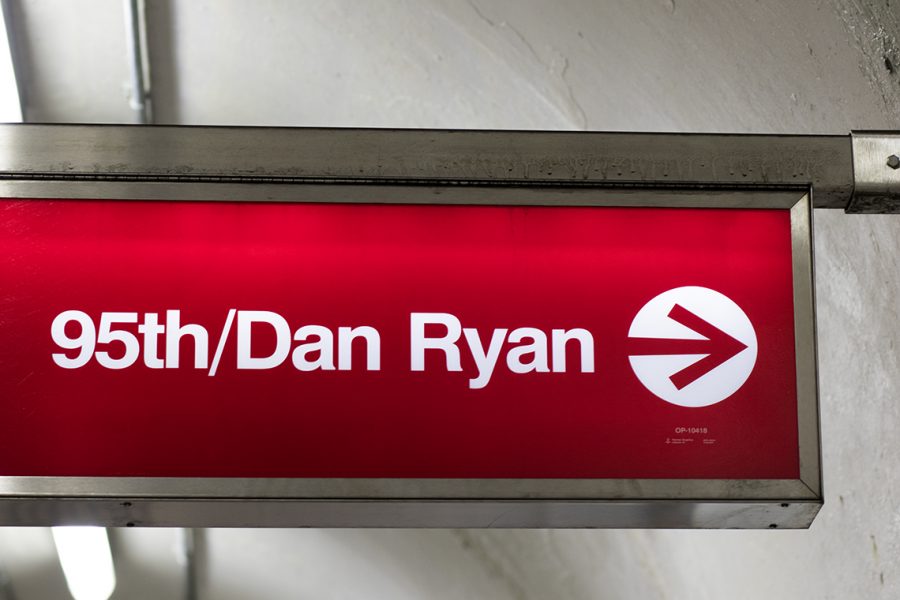CTA proposes route for transportation desert
February 5, 2018
The anticipated Red Line Extension project route proposed by the Chicago Transit Authority promises minimal community damage during construction and thousands of new jobs. But questions about how it will be funded still linger.
The project proposal, announced Jan. 26, is designed to provide new access to rail service for far South Siders. The 5.3-mile extension from its southern tip, 95th Street, would include four new stations near 103rd Street, 111th Street, Michigan Avenue and 130th Street, according to a Jan. 31 email interview with Jon Kaplan, a CTA spokesman.
“[The extension will] connect far South Side residents to affordable housing, jobs, services and educational opportunities,” Kaplan said. “The four new stations can help foster economic development in the area and serve as catalysts for neighborhood revitalization and help reverse decades of disinvestment in local business districts.”
CTA chose the route after public feedback from the community, and construction’s scheduling still depends on funding. The earliest construction would begin in 2022, and the project would take about four years and cost about $2.3 billion, according to Kaplan.
Kyle Whitehead, government relations director at Active Transportation Alliance, said the extension is a long-overdue project that has been discussed for decades.
The timeline of the project is typical for a major transportation construction, Whitehead said, but the challenge will be securing funds from state and federal administrations that are trying to spend less on transportation.
“We’re advocating for public dollars to be spent because it is important to have direct spending at every level of government on public transit,” Whitehead said. “That pays dividends for our communities towards economic development, public health and the environmental benefits that come with major transit projects like this one.”
The extension at 95th Street will run along the west side of the Union Pacific Railroad tracks from I-57 south to about 109th Street, then cross the railroad tracks and run along the east side of the tracks until crossing the Metra Electric tracks near 119th Street, where it will continue to 130th Street.
“From [ATA’s] perspective as advocates, the service will be similar regardless of which routes they chose,” Whitehead said. “The most important thing is that a route has been chosen and the project is entering the next stage.”
The South Side has long been considered a transportation desert, and the lack of public transit has hindered its communities, Whitehead said.
“While this investment would not completely solve the problem, it could dramatically change the situation for people, businesses and organizations,” Whitehead said. “But it’s important that people living there are benefiting from it and a part of the process of determining how their community is going to be changed and affected by this project.”
CTA will host a public open house at 6 p.m. on Feb. 13 at the Gwendolyn Brooks College Preparatory Academy gymnasium, 250 E. 111th St., to present the plan and get feedback from residents and business owners, Kaplan said.
P.S. Sriraj, director of the Urban Transportation Center at the University of Illinois at Chicago, said the city needs to look carefully into how the project may change the “flavor” of the neighborhoods. Railways have historically had a positive economic impact on communities, but gentrification cannot be predicted, Sriraj said.
“The only negative with improvement and accessibility [to the Red Line] is that some people may be bought out or forced to move, and it may end up happening in a manner that we might not recognize it,” Sriraj said. “With improvements in accessibility we have to question: Who will be the beneficiaries of those?”








